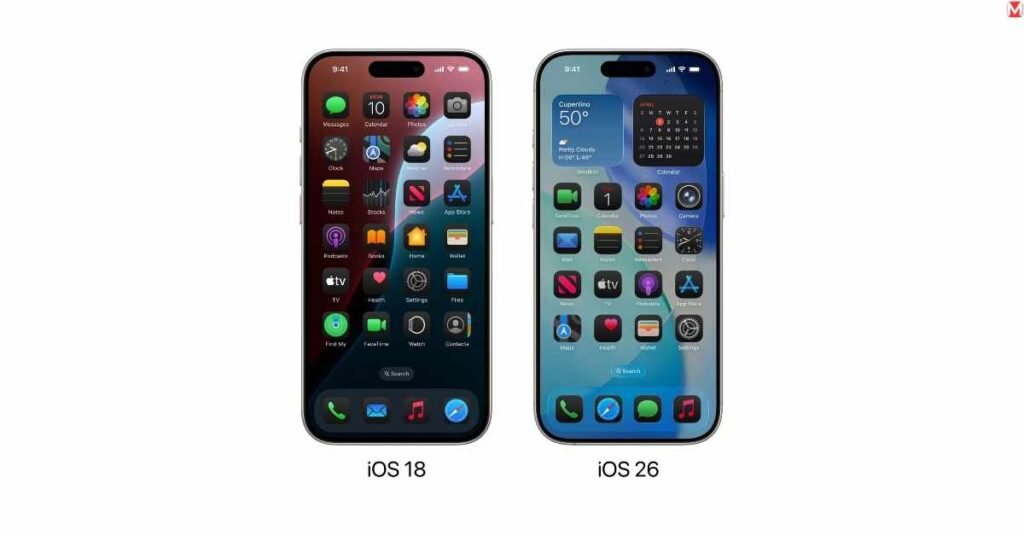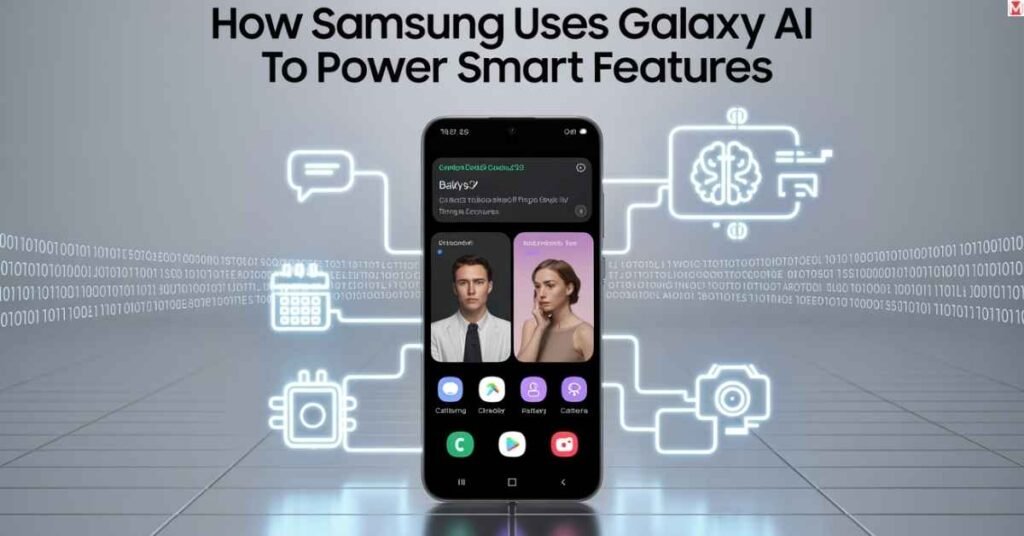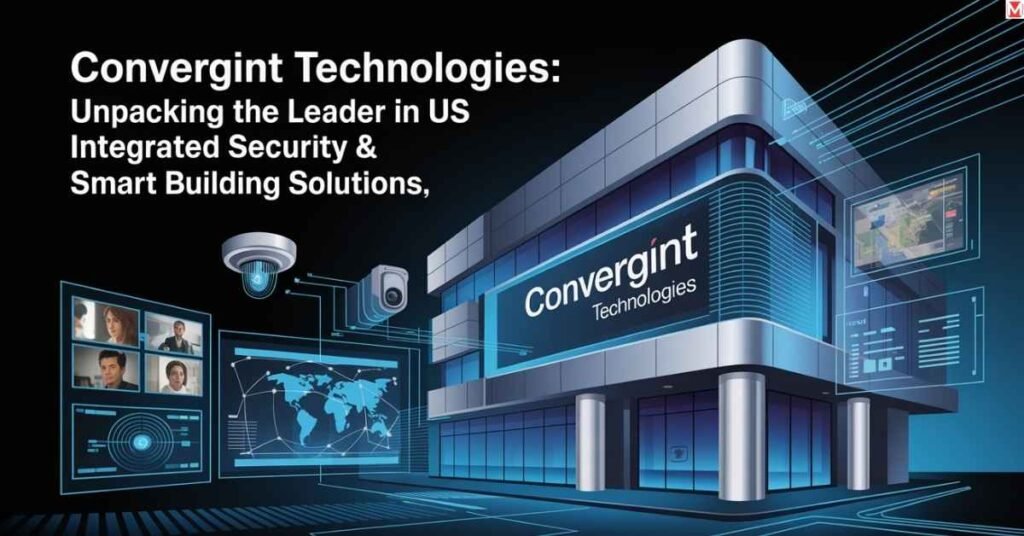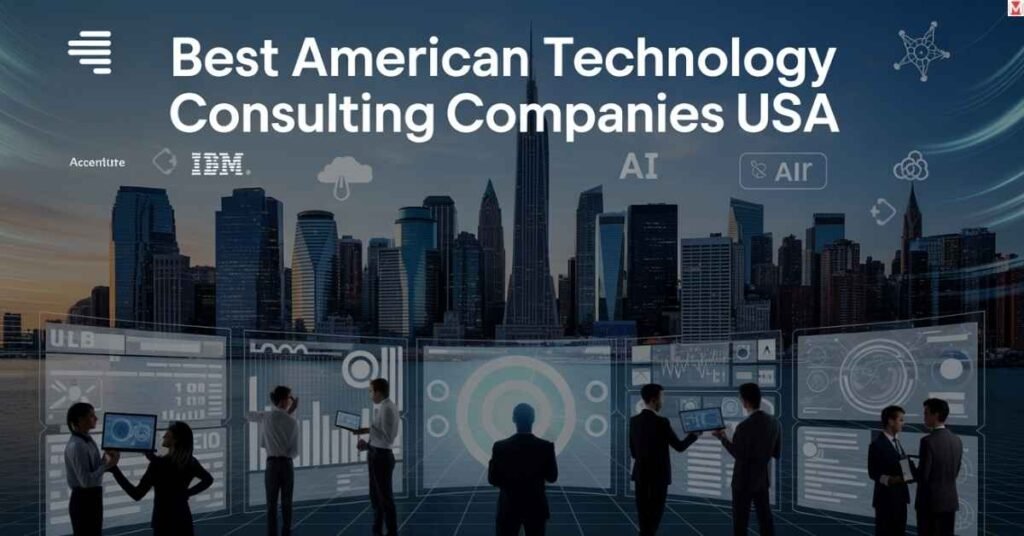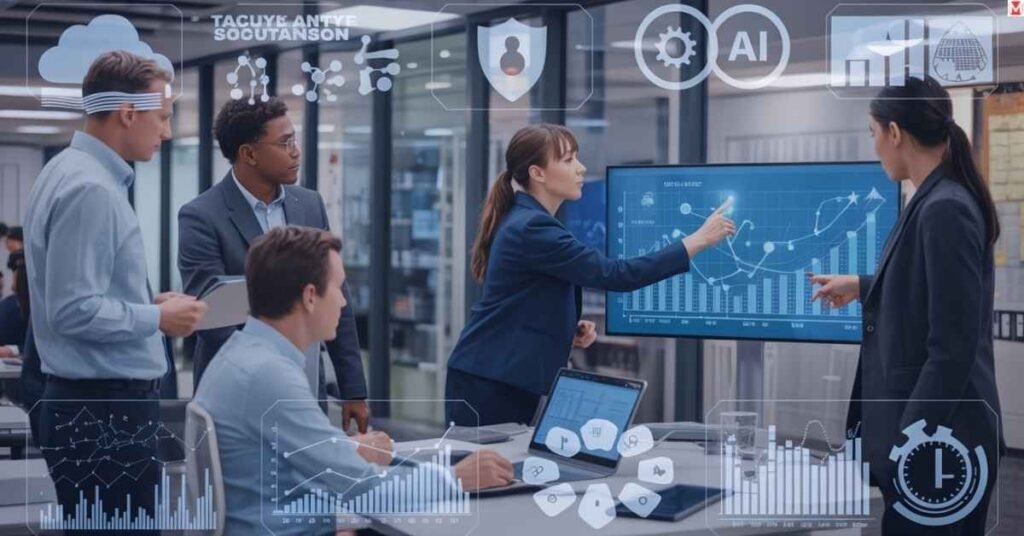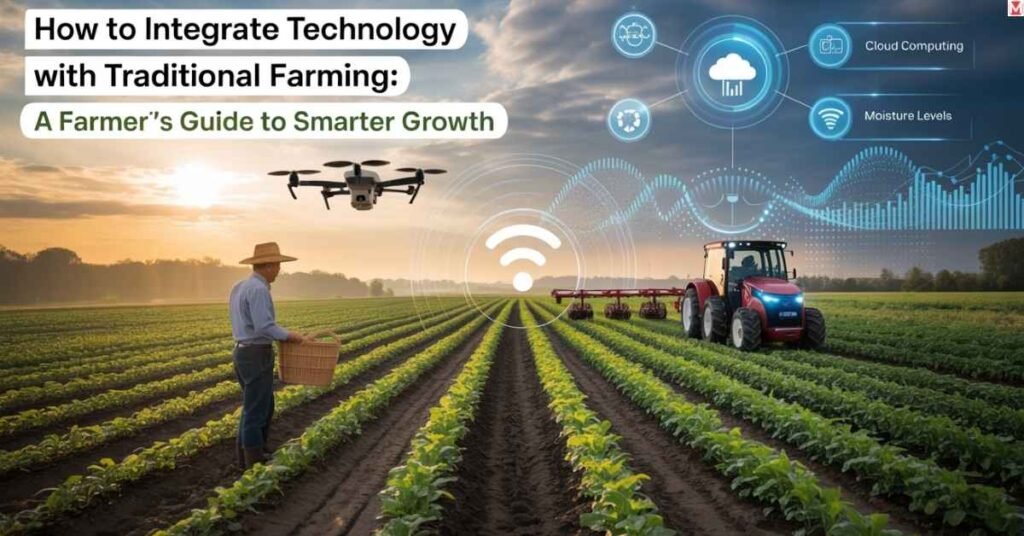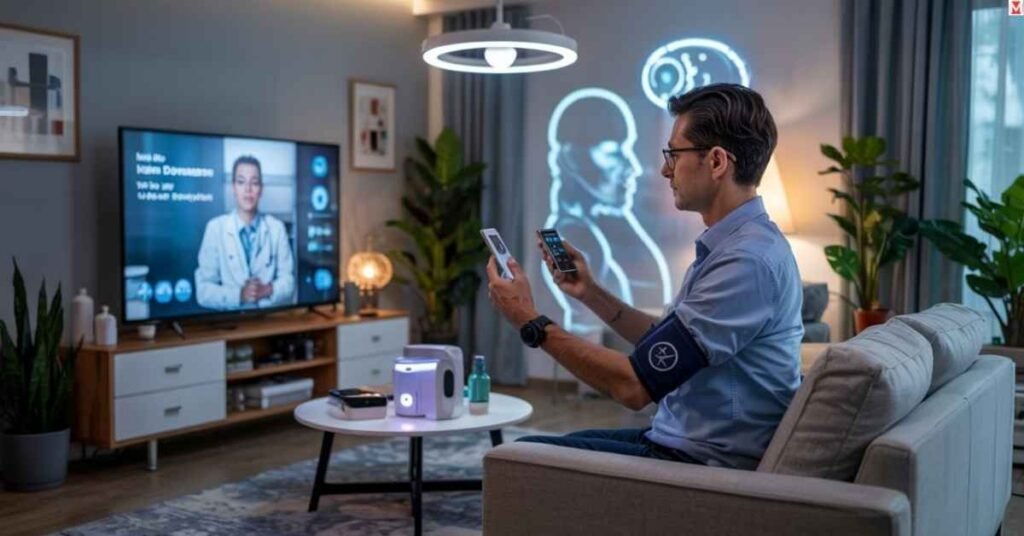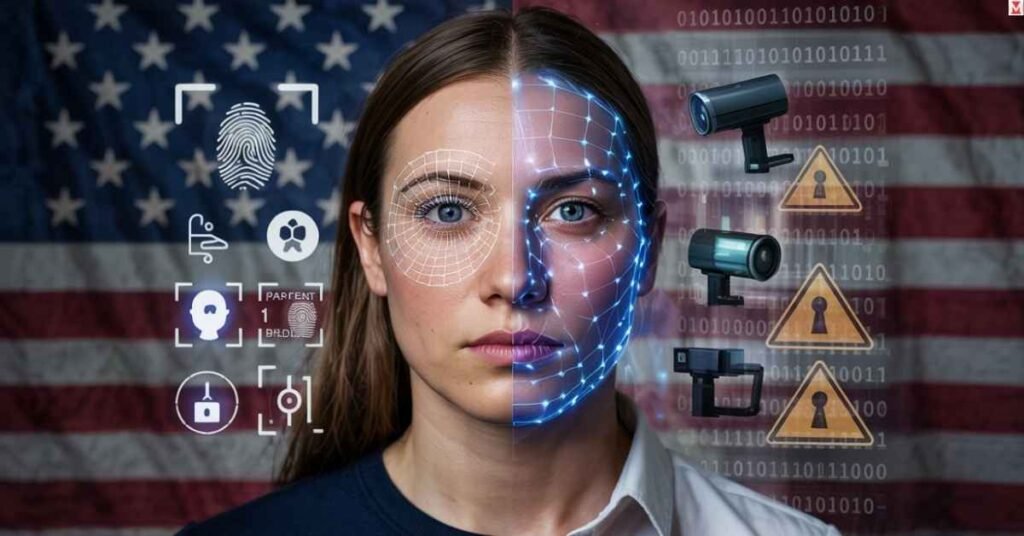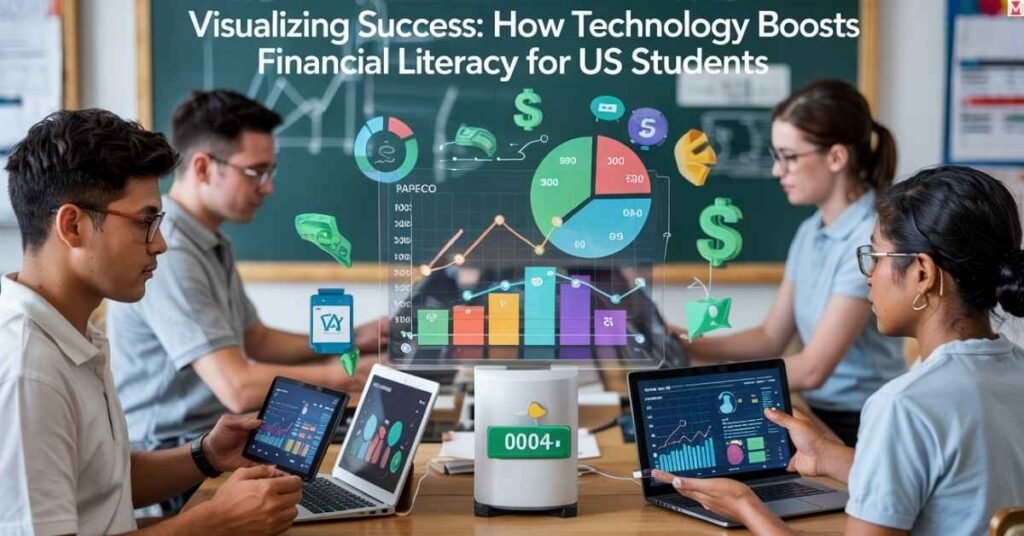iOS 18 vs. iOS 26: Compare Features, Design & Performance
iOS 18 vs. iOS 26 represents one of the most dramatic transformations in Apple’s mobile operating system history. While iOS 18 laid the groundwork for enhanced customization, iOS 26 introduces the revolutionary Liquid Glass design language that completely reimagines how we interact with our iPhones. This comprehensive comparison will help you understand which version suits your needs and what groundbreaking changes await iPhone users. The evolution from iOS 18 to iOS 26 isn’t just an incremental update; it is a complete visual overhaul that makes your home screen feel like you’re touching actual glass. Let’s dive deep into every aspect of this transformation. Visual Revolution: The Liquid Glass Era Home Screen Transformation Looking at the home screens, the primary difference you’ll find is that in iOS 26, the dock background and the search option that sits between the dock and the home screen icons are more transparent and have a sheen to the edges, whereas in iOS 18, these are slightly darker. Other smaller changes are that the icons on iOS 26 look slightly larger, and some app icons seem to have been more influenced by the redesign than others, most notably (from the screenshots) Settings, Camera, and Mail. For Liquid Glass to really shine on the home screen, you’ll want to opt for the “All Clear” mode, which will create the most dramatic change to your icons and widgets. Going this route could potentially introduce some viewability issues, but the “reduce transparency” setting remedies this quite well. READ ALSO: iPhone 17 Pro Max Leaks: Every Jaw-Dropping Feature & Design Spec Revealed So Far Control Center Evolution While a control center comparison between iOS 18 and iOS 26 does show quite a lot of improvements in functionality as well as design. With iOS 18, we got multiple pages of controls with resizable buttons and better integration for third-party apps. You can now make your settings hub correspond with how you work. Liquid Glass on a control hub [ iOS 26 secures its halo with off-screen touch transparency effects. The Apple Center now automatically customizes to your use, showing you controls that are relevant based on time of day, location, and app. The visual hierarchy improvement means that the quick settings are now more predictable than ever. For developers, the updated iOS controls in iOS 26 allow developers to hook into interactions much more deeply than before. It means your favorite apps can now provide even more control center functionality. Lock Screen Innovation The other aspect that shows an incredible evolutionary progress in iOS 18 vs. iOS 26 is the flexibility of the Lock screen. In iOS 18, wallpaper customization was always improved slightly, and interactive widgets showed on your lock screen. Integration with focus modes to reduce distractions by filtering notifications depending on what you are doing. iOS 26’s device lock experience introduces 3D wallpaper effects that create genuine depth perception. The Apple lock system now features subject isolation with glass layering, making portrait photos appear to float above the background. The unlock effect has been completely reimagined with smooth, glass-like animations. Dynamic light adaptation ensures your display lock automatically adjusts transparency and opacity based on ambient lighting conditions. This creates a more comfortable viewing experience throughout the day. Interface Intelligence Menus and Navigation Bars The navigation improvements in iOS 18 vs. iOS 26 focus heavily on Apple design language consistency. iOS 18 refined menu animations and improved haptic feedback across the system. The streamlined navigation patterns make it easier to move between apps and system functions. iOS 26 introduces glass-like menu transparency that follows the Liquid Glass design strategy. Light refraction effects in navigation create a premium feel that aligns with Cupertino design principles. The Apple UX team has crafted contextual menu adaptations that respond intelligently to content. READ ALSO: Personalize Your Galaxy: Top Samsung Phone Layout Ideas to Transform Your Home Screen Dynamic Tab Bars and Adaptive UI Dynamic tab bars showcase the intelligent design thinking behind iOS 18 vs. iOS 26. iOS 18 improved static tab navigation with enhanced app switching capabilities. The bottom navigation system provides more consistent touch targets across different apps. iOS 26’s revolutionary app tabs dynamically respond to content and context. These Apple tabs adapt their transparency and positioning based on what you’re viewing. The mobile tabs system now features intelligent UI element positioning that creates a more immersive experience. The tabbed experience will automatically adjust the transparency based on underlying content, all while preserving the striking Liquid Glass look. Core System Enhancements App Ecosystem Changes iOS 26 features deliver massive increases to the app ecosystem over iOS 18. Enhancements to organization tools entered the redesigned Photos app in iOS 18, and improved Messages reactions let you express yourself without words. Password management is safe as all your credentials are in one central place using the Password management app that stores them securely. Last in this list about developing own cross-platform games on a Mobile is: Apple Games, iOS 26 has the new unified gaming hub from Apple, which brings a great experience to every mobile gamer out there. There’s improved CarPlay integration for more seamless connectivity between your compatible iPhone and the car. The new user interface capabilities power even more advanced Apple Music features. Feature Category iOS 18 Capabilities iOS 26 Enhancements Gaming Basic Game Center Unified Apple Games hub CarPlay Standard connectivity Enhanced integration Music Traditional interface Advanced Liquid Glass controls Maps Updated navigation Improved functionality with glass effects Wallet Standard payments Enhanced transparency features Privacy and Security Evolution Is IT SecureiOS 18 vs. iOS 26 Security Changes? Apple is Improving. Better user privacy protection with iOS 18 and app permissions control improvements. It is an encrypted password management system that will secure all your passwords in every app. The next version of iOS, or iOS 26, will include as many as two dozen new security improvements to keep devices secure. New GDPR compliance capabilities deliver stronger data privacy for users around the world via upgraded EU compliance. Support from 3rd
iOS 18 vs. iOS 26: Compare Features, Design & Performance Read More »
